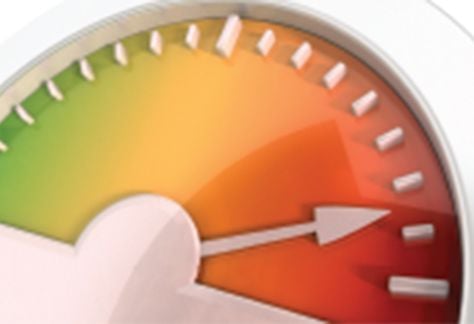This is an excerpt from InTech magazine by Clayton Wilson, a control instruments division manager at Yokogawa Corporation. To read the full article, please see the link at the bottom of this post.
Many process plant units have temperature loops that must be monitored and controlled. If these units are self-contained to some degree, as with a process skid or a remote unit, they often have just a few discrete and analog I/O points that must be monitored and controlled in addition to temperature. These units also often need some limited operator interface.
In the past, these remote units were often controlled by basic temperature controllers, a programmable logic controller (PLC), and a human-machine interface (HMI) terminal. But now, a single hybrid temperature controller can perform all these functions by controlling and monitoring multiple temperature loops, by acting as a mini-PLC, and by providing limited but often sufficient operator-interface functionality.
These hybrid temperature controllers excel at loop control, often employing self-tuning and basic artificial intelligence algorithms. This makes them suitable for the most demanding temperature control applications.
Two forces that continue to drive the development of hybrid temperature controllers are the consolidation of instrumentation, and the migration from discrete controls to PLCs. User demands typically guide changes in products as they try to force as much capability as possible into a controller in an effort to squeeze every dollar out of costs.
In many applications, temperature control, logic control, and operator interface are all required at the process unit. In cases where a lot of computation or loops are required, a full-blown PLC-based system with a sophisticated separate HMI system makes sense. But in situations with just a few control loops and 10 to 20 other I/O points, this type of solution is cost prohibitive. In the past, many users would turn to one or more temperature controllers, a mini-PLC, and an operator-interface panel to get the needed functionality, but there is a better alternative.
To help bring costs down, some instrument manufacturers are combining temperature control, PLC logic control, and operator-interface functionality into a single hybrid temperature controller package. This approach makes sense for a couple of reasons. First, powerful semiconductors allow complex operations to be performed at higher speeds than traditional controllers. Second, the existing operator interface on the temperature controller can also provide an interface to the logic control, and provide additional operator interface as required.
There are many benefits of combining these functions into a single instrument. Besides the reduced cost of the unit itself, there are other cost savings that emerge in the larger implementation.
- The size of the enclosure can be reduced, because less space is needed for housing one control device versus three.
- The amount of wiring and the wiring time can be minimized, as wiring does not need to be split between two controllers and the operator-interface terminal in the panel.
- Many wired connections that are typically required are no longer needed.
- Programming time and interface complexity can be reduced or eliminated.
- Operators need to learn and maintain only one PC-based programming software package, as opposed to three.
Many of these functions, such as timers, counters, and relay latches, are intuitively tied together inside the controller. This simplifies programming and speeds implementation.
To read the full article on hybrid temperature controllers at InTech magazine, click here.
About the Author Clayton Wilson is a control instruments division manager at Yokogawa Corporation of America, Newnan, Ga.
Clayton Wilson is a control instruments division manager at Yokogawa Corporation of America, Newnan, Ga.



